Home>Furniture & Design>Interior Design Trends>How Much Caffeine Is In A Glass Of Iced Tea
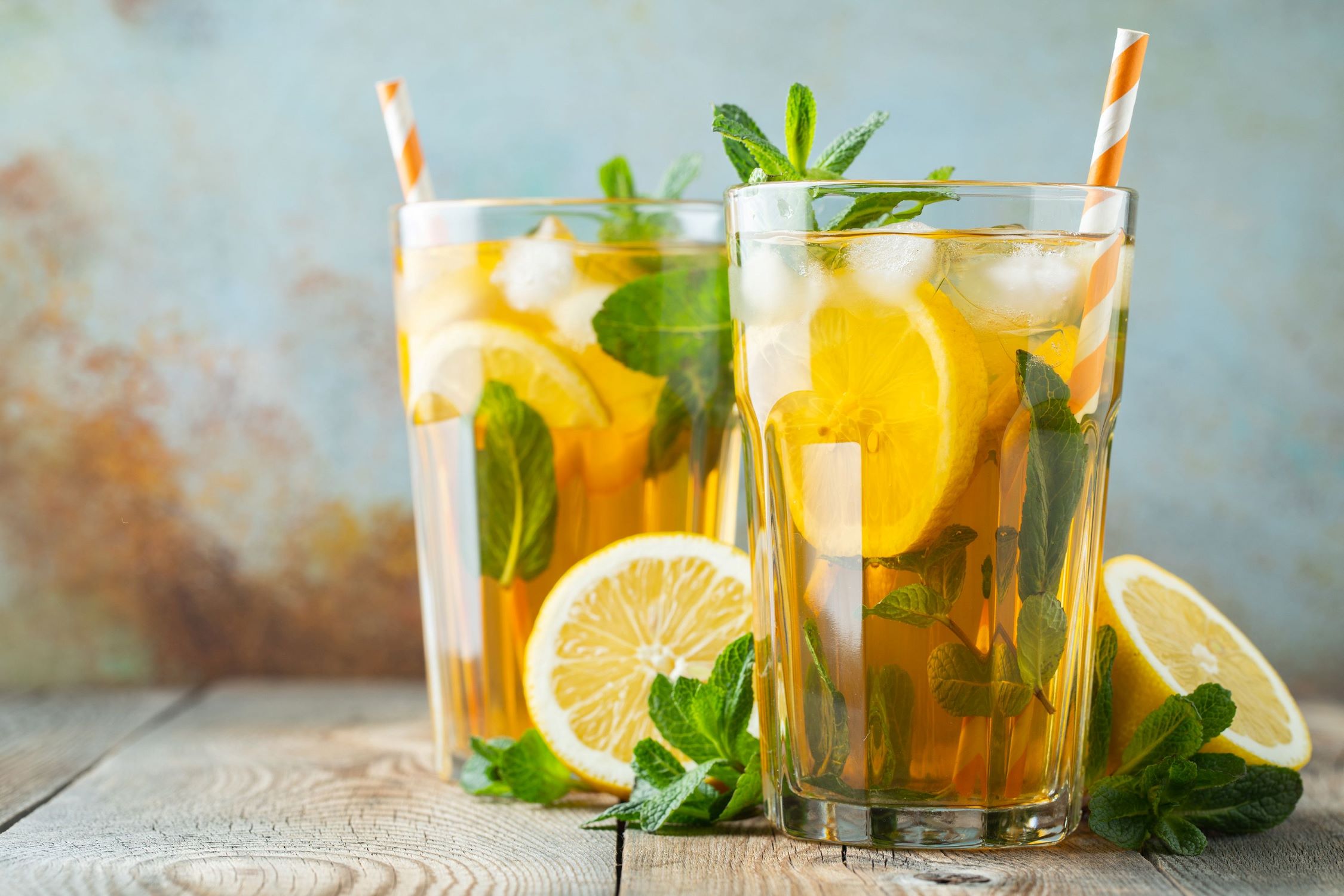

Interior Design Trends
How Much Caffeine Is In A Glass Of Iced Tea
Published: February 4, 2024
Discover the latest interior design trends and ideas for creating a stylish and functional space. Stay updated with the top interior design trends for a modern and inviting home.
(Many of the links in this article redirect to a specific reviewed product. Your purchase of these products through affiliate links helps to generate commission for Storables.com, at no extra cost. Learn more)
Introduction
Iced tea is a beloved beverage enjoyed by many around the world. Its refreshing taste and versatility make it a popular choice, especially during warm weather. However, beyond its delightful flavor, iced tea also contains caffeine, a natural stimulant that has garnered significant attention in recent years. Understanding the caffeine content in iced tea is essential for those who are mindful of their caffeine intake or simply curious about what they are consuming.
In this comprehensive guide, we will delve into the intricacies of caffeine levels in iced tea, exploring the factors that influence its content and comparing the caffeine levels in various types of iced tea. Additionally, we will touch upon the health considerations associated with consuming caffeinated beverages and provide recommendations for those seeking to make informed choices about their iced tea consumption.
Whether you are a dedicated iced tea enthusiast or someone looking to expand your knowledge of popular beverages, this exploration of caffeine in iced tea aims to shed light on an aspect of this beloved drink that is often overlooked. So, grab a glass of your favorite iced tea, and let's embark on a journey to uncover the caffeine content within this timeless beverage.
Key Takeaways:
- Iced tea caffeine levels vary based on factors like tea type, brewing method, and serving size. Understanding these factors empowers individuals to make informed choices aligned with their caffeine tolerance and flavor preferences.
- Different types of iced tea offer varying caffeine levels, from robust black tea to gentle white tea. Herbal tea blends provide caffeine-free options, catering to diverse preferences and dietary needs.
Read more: How Much Caffeine Is In A Glass Of Sweet Tea
Understanding Caffeine Content in Iced Tea
Caffeine, a natural stimulant found in various beverages and foods, plays a significant role in the popularity of iced tea. When it comes to understanding the caffeine content in iced tea, it's essential to recognize that not all iced teas are created equal in this regard. The caffeine levels in iced tea can vary widely based on several factors, including the type of tea used, brewing methods, and serving size.
The primary source of caffeine in iced tea is the tea leaves themselves. Camellia sinensis, the plant from which black, green, white, and oolong teas are derived, naturally contains caffeine. When these tea leaves are brewed to make iced tea, the caffeine is extracted into the liquid, contributing to the beverage's overall caffeine content.
The caffeine content in iced tea can also be influenced by the brewing process. Steeping tea for a longer duration or using hotter water can result in higher caffeine extraction. Conversely, shorter steeping times or cooler water temperatures may yield lower caffeine levels in the brewed tea.
Furthermore, the type of tea leaves used to make iced tea can impact its caffeine content. For instance, black tea, known for its robust flavor, typically contains more caffeine than green or white tea. This variation is attributed to the oxidation process that black tea undergoes, which can concentrate the caffeine content compared to less processed tea varieties.
It's important to note that while herbal teas, such as chamomile or peppermint, are popular choices for brewing hot beverages, they are naturally caffeine-free. Therefore, iced teas made from herbal blends do not contain caffeine unless combined with traditional tea leaves.
In addition to the type of tea and brewing methods, the serving size of iced tea also affects the caffeine intake. Larger servings naturally contain more caffeine than smaller ones, so individuals monitoring their caffeine consumption should consider portion sizes when enjoying iced tea.
Understanding the nuances of caffeine content in iced tea empowers consumers to make informed choices based on their preferences and dietary needs. By recognizing the factors that influence caffeine levels in iced tea, individuals can better appreciate the complexities of this beloved beverage and tailor their consumption to align with their caffeine tolerance and flavor preferences.
Factors Affecting Caffeine Levels in Iced Tea
The caffeine content in iced tea is influenced by several key factors, each playing a pivotal role in determining the final concentration of this natural stimulant in the beverage. Understanding these factors is essential for those seeking to grasp the nuances of caffeine levels in iced tea and make informed choices about their consumption.
-
Type of Tea Leaves: The type of tea leaves used to brew iced tea significantly impacts its caffeine content. Black tea, derived from fully oxidized Camellia sinensis leaves, typically contains the highest caffeine levels among traditional tea varieties. On the other hand, green tea, known for its delicate flavor profile, generally contains less caffeine than black tea due to its minimal oxidation process. White tea, prized for its subtle and nuanced taste, falls on the lower end of the caffeine spectrum. Additionally, oolong tea, with its partially oxidized leaves, offers a moderate caffeine content, positioning it between black and green teas in terms of stimulant levels.
-
Brewing Method and Duration: The brewing process plays a crucial role in determining the caffeine levels in iced tea. Steeping tea leaves in hot water for an extended period can result in higher caffeine extraction, intensifying the stimulant's presence in the brewed liquid. Conversely, shorter steeping times or cooler water temperatures may yield iced tea with lower caffeine content. This aspect allows individuals to tailor their brewing techniques to achieve their desired caffeine levels, providing flexibility in managing their caffeine intake.
-
Serving Size: The serving size of iced tea directly impacts the amount of caffeine consumed. Larger servings naturally contain more caffeine than smaller ones, as the stimulant is extracted from the tea leaves and becomes more concentrated in a larger volume of liquid. Understanding the relationship between serving size and caffeine content empowers individuals to make conscious decisions about portion control and caffeine intake, aligning with their preferences and dietary considerations.
By recognizing these influential factors, individuals can gain a deeper appreciation for the complexities of caffeine levels in iced tea. This understanding enables them to navigate the diverse landscape of iced tea offerings, from robust black teas to delicate green blends, while considering their caffeine tolerance and flavor preferences. Ultimately, being mindful of these factors allows consumers to make informed choices, ensuring that their iced tea experience aligns with their individual needs and preferences.
Comparing Caffeine Content in Different Types of Iced Tea
When it comes to exploring the caffeine content in various types of iced tea, it's essential to recognize the distinct characteristics of each tea variety and how they translate into caffeine levels. Understanding the differences in caffeine content among different types of iced tea empowers individuals to make informed choices based on their preferences and dietary considerations.
Black Tea
Black tea, renowned for its bold flavor and rich color, typically contains the highest caffeine levels among traditional tea varieties. The robust caffeine content in black tea is attributed to the full oxidation process the tea leaves undergo during production. This process intensifies the caffeine concentration, resulting in a potent stimulant presence in brewed black tea. As a result, iced tea made from black tea leaves tends to offer a robust caffeine kick, making it a popular choice for those seeking a revitalizing beverage.
Read more: How Much Poppy Seeds To Make Tea
Green Tea
In contrast to black tea, green tea is celebrated for its delicate flavor profile and lower caffeine content. The minimal oxidation process that green tea leaves undergo helps preserve their natural compounds, including a more moderate caffeine level compared to black tea. As a result, iced tea brewed from green tea leaves offers a milder caffeine experience, appealing to individuals who prefer a gentler stimulant effect while savoring the refreshing notes of green tea.
White Tea
White tea, prized for its subtle and nuanced taste, typically contains the lowest caffeine levels among traditional tea varieties. The minimal processing of young tea leaves to produce white tea contributes to its gentle flavor profile and relatively low caffeine content. When transformed into iced tea, white tea offers a delicately nuanced beverage with a subtle caffeine presence, making it an ideal choice for those seeking a soothing and light refreshment.
Herbal Tea Blends
Herbal tea blends, such as chamomile, peppermint, and rooibos, are naturally caffeine-free, providing a caffeine-conscious alternative for iced tea enthusiasts. These caffeine-free herbal infusions offer a diverse range of flavors and aromas, allowing individuals to enjoy refreshing iced beverages without the stimulant effects of traditional tea-based iced teas.
By comparing the caffeine content in different types of iced tea, individuals can gain a deeper understanding of the diverse options available to them. Whether they seek a robust caffeine boost from black tea-based iced beverages or a gentler stimulant experience from green tea or white tea iced teas, this knowledge empowers individuals to select iced teas that align with their caffeine preferences and flavor inclinations. Additionally, the availability of caffeine-free herbal tea blends expands the spectrum of iced tea choices, catering to those mindful of their caffeine intake while indulging in delightful and invigorating beverages.
Health Considerations and Recommendations
Understanding the health implications of consuming caffeinated beverages, including iced tea, is crucial for individuals seeking to make mindful choices about their dietary habits. While moderate caffeine intake can offer certain benefits, excessive consumption may lead to adverse effects, prompting the need for thoughtful consideration and informed decision-making.
Read more: How To Make Tea With A Tea Kettle
Health Considerations
Caffeine Sensitivity and Tolerance
Individuals vary in their sensitivity to caffeine, with some being more susceptible to its stimulating effects than others. Factors such as age, weight, and overall health can influence an individual's tolerance to caffeine. It's essential for individuals to be mindful of their own caffeine sensitivity and adjust their iced tea consumption accordingly to avoid potential discomfort or adverse reactions.
Sleep Disruption
Consuming caffeinated beverages, particularly in the afternoon or evening, can disrupt sleep patterns for some individuals. The stimulating effects of caffeine may interfere with the ability to fall asleep or experience restful sleep, leading to fatigue and diminished cognitive function. Those sensitive to caffeine's impact on sleep should consider limiting their iced tea intake, especially later in the day, to promote better sleep quality.
Hydration and Caffeine Balance
While iced tea can contribute to daily fluid intake, it's important to recognize that excessive caffeine consumption can have diuretic effects, potentially impacting hydration levels. Individuals should strive to maintain a balance between enjoying iced tea and ensuring adequate hydration from non-caffeinated sources, such as water and herbal infusions, to support overall well-being.
Recommendations
Moderation and Awareness
Moderation is key when it comes to consuming caffeinated beverages like iced tea. Being mindful of portion sizes and the frequency of iced tea consumption can help individuals manage their caffeine intake effectively. Additionally, staying informed about the caffeine content of different types of iced tea can guide individuals in making conscious choices aligned with their caffeine tolerance and preferences.
Experiment with Decaffeinated Options
For individuals seeking to reduce their caffeine intake while still savoring the flavors of iced tea, exploring decaffeinated varieties can be a favorable option. Decaffeinated iced teas offer the familiar taste and refreshment of traditional iced tea without the stimulating effects of caffeine, providing a suitable alternative for those looking to limit their caffeine consumption.
Personalized Approach
Recognizing that everyone's caffeine tolerance and health considerations are unique, individuals are encouraged to adopt a personalized approach to their iced tea consumption. By considering their own caffeine sensitivity, hydration needs, and sleep patterns, individuals can tailor their iced tea intake to align with their well-being goals and overall lifestyle.
Incorporating these health considerations and recommendations into one's approach to consuming iced tea can foster a balanced and mindful relationship with this beloved beverage. By prioritizing moderation, awareness, and personalized choices, individuals can continue to enjoy the delightful experience of iced tea while supporting their overall health and well-being.
Frequently Asked Questions about How Much Caffeine Is In A Glass Of Iced Tea
Was this page helpful?
At Storables.com, we guarantee accurate and reliable information. Our content, validated by Expert Board Contributors, is crafted following stringent Editorial Policies. We're committed to providing you with well-researched, expert-backed insights for all your informational needs.
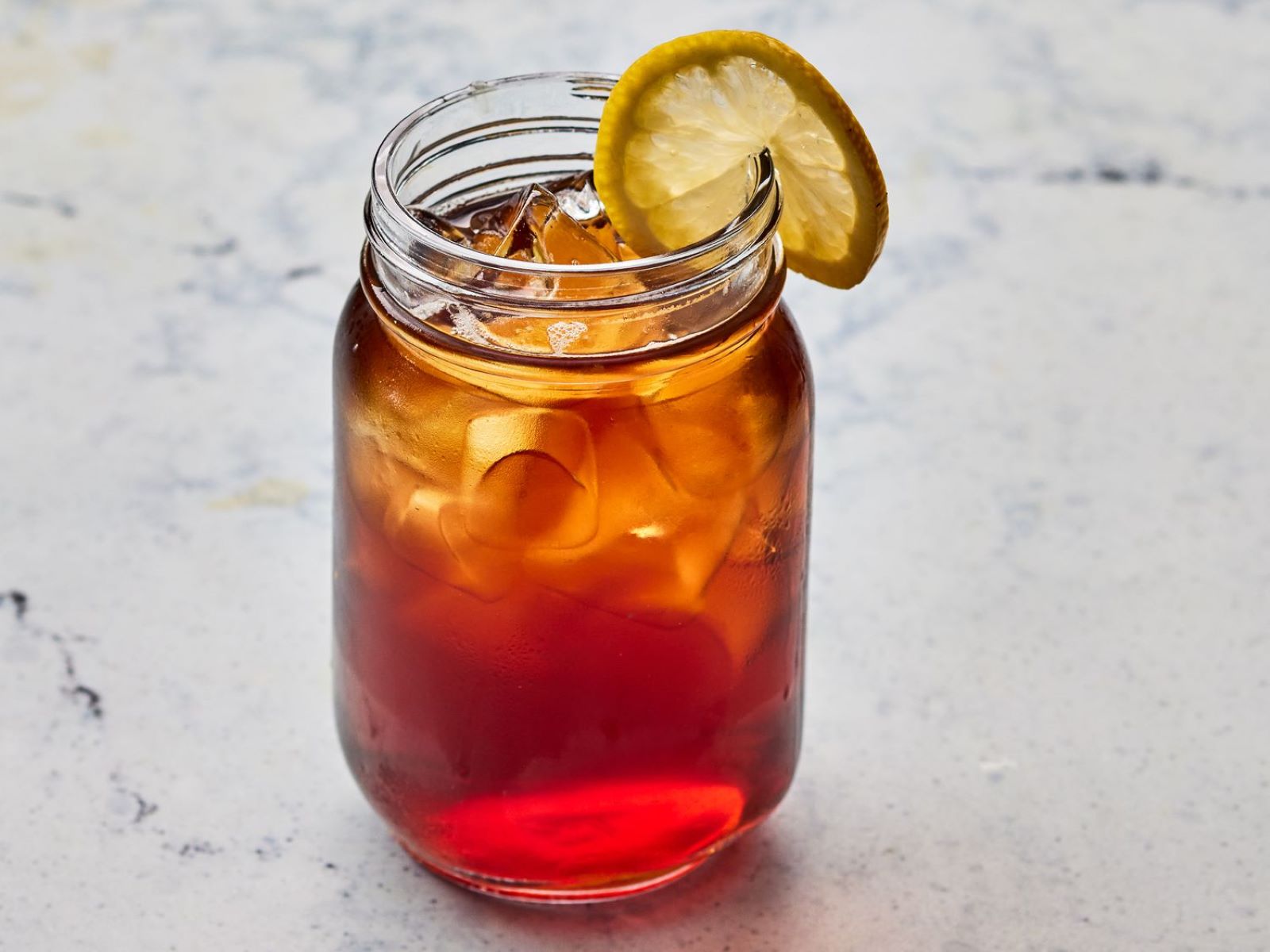
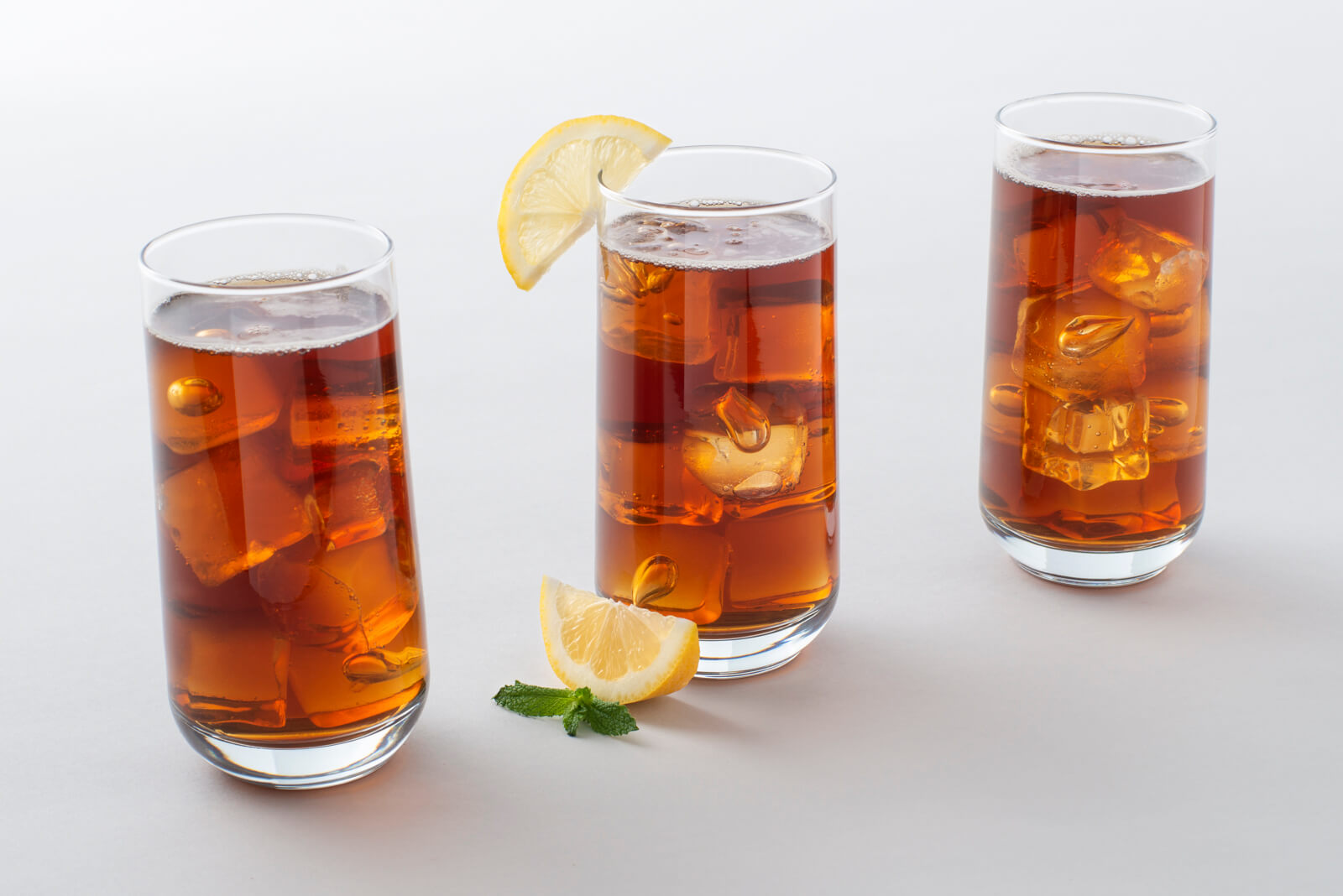
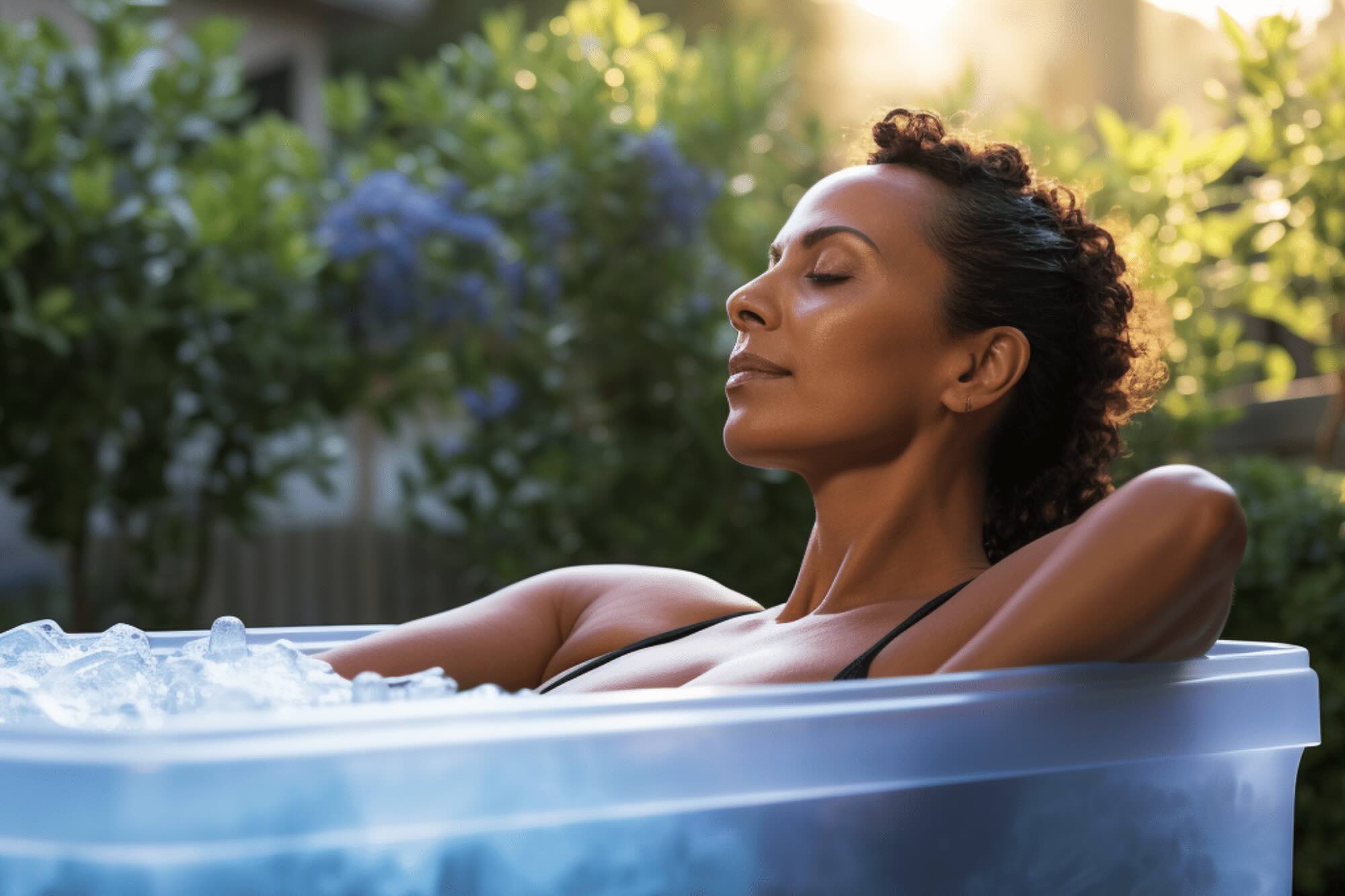
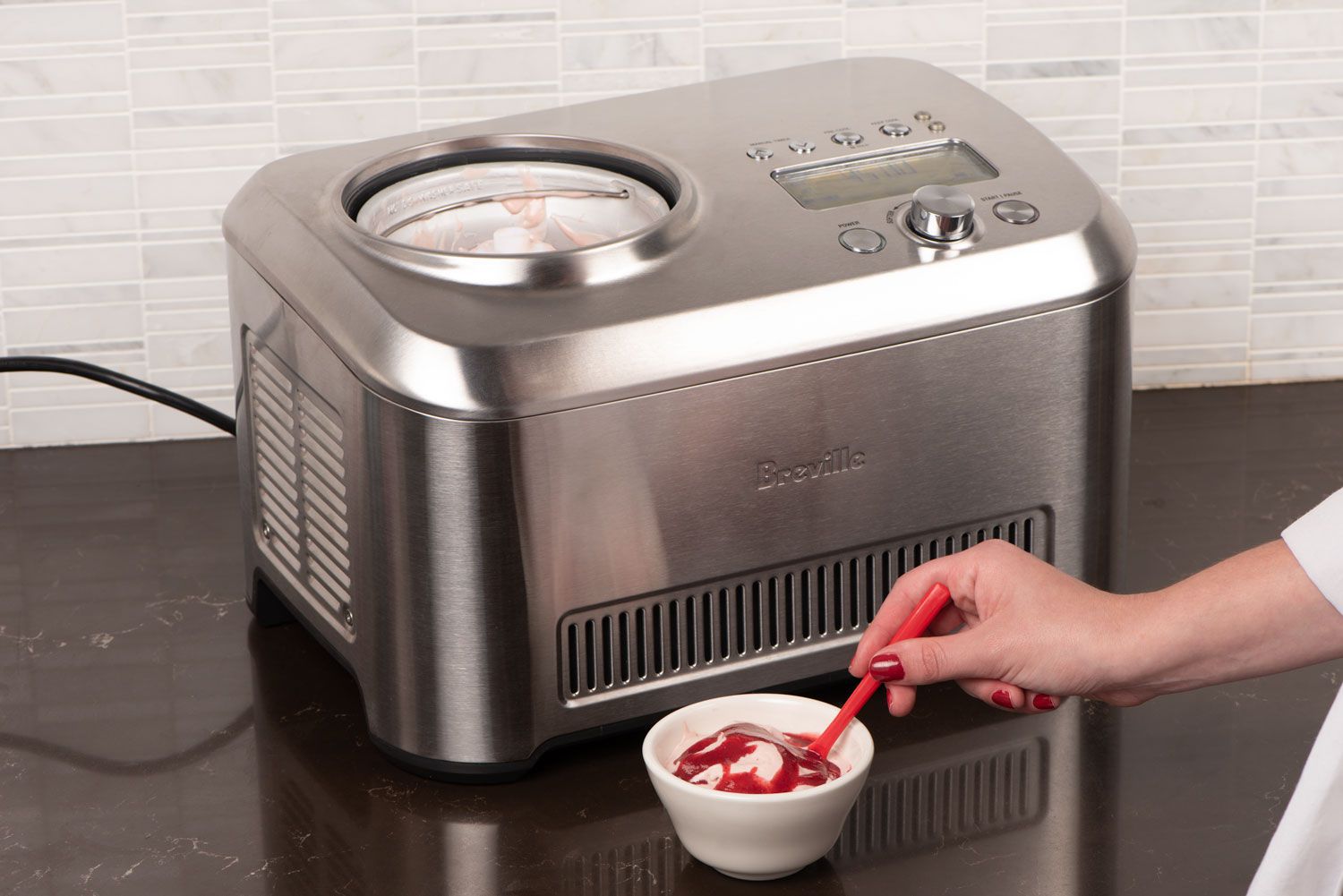
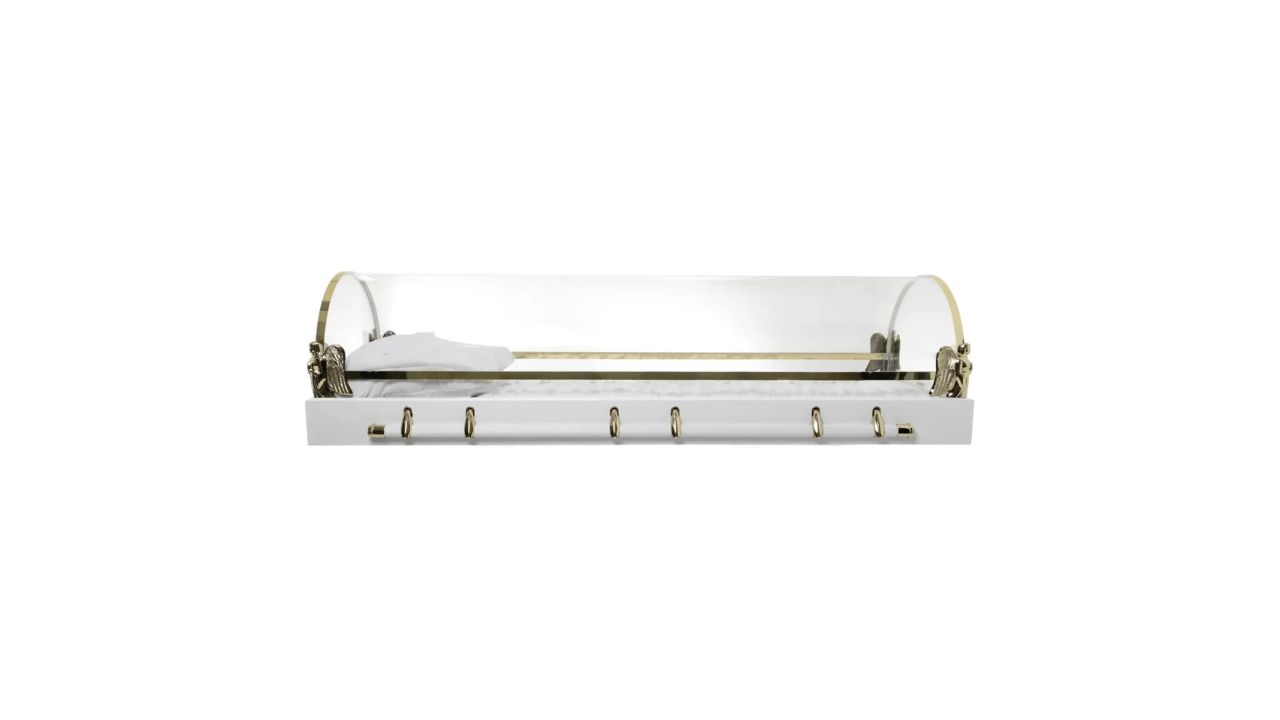
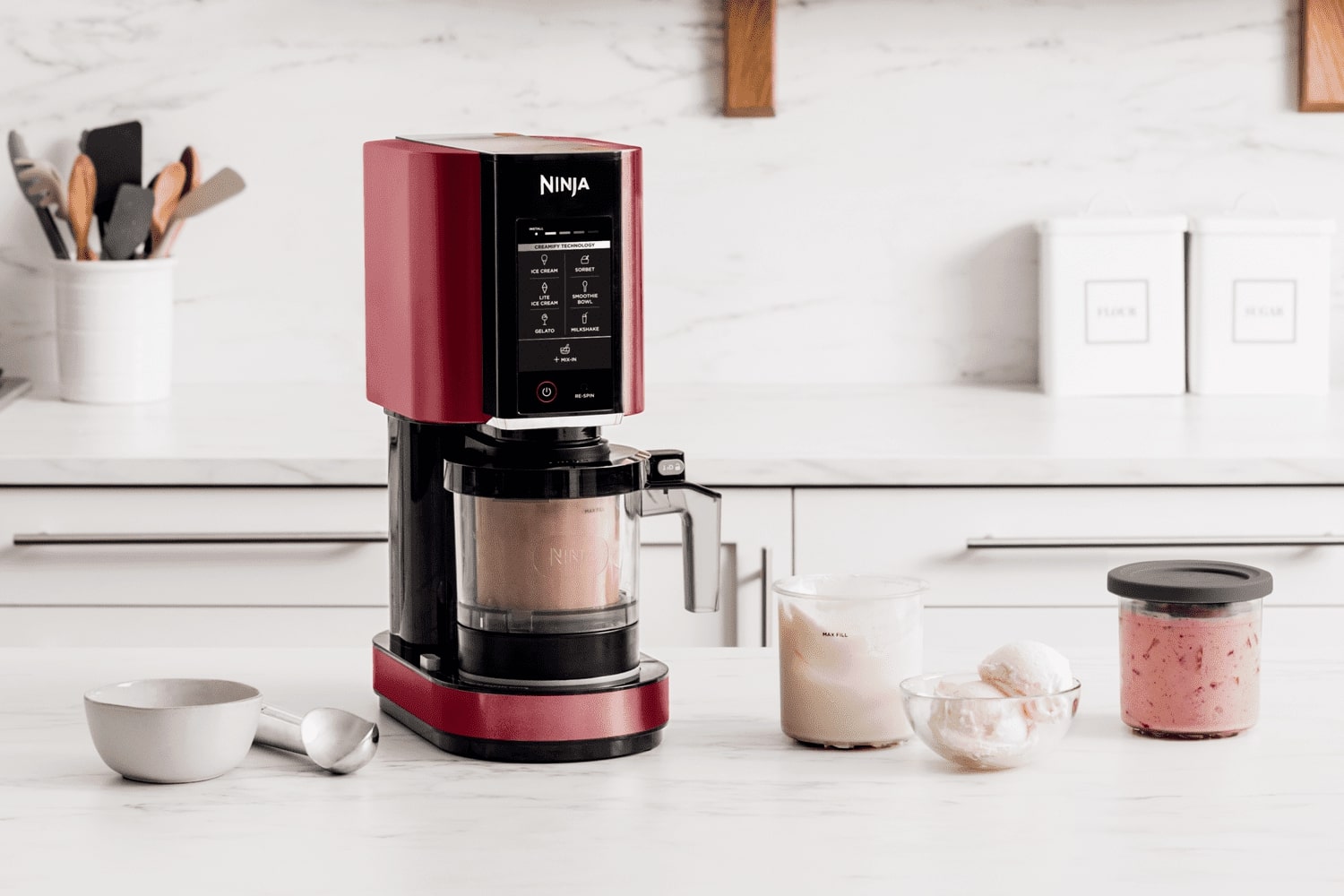
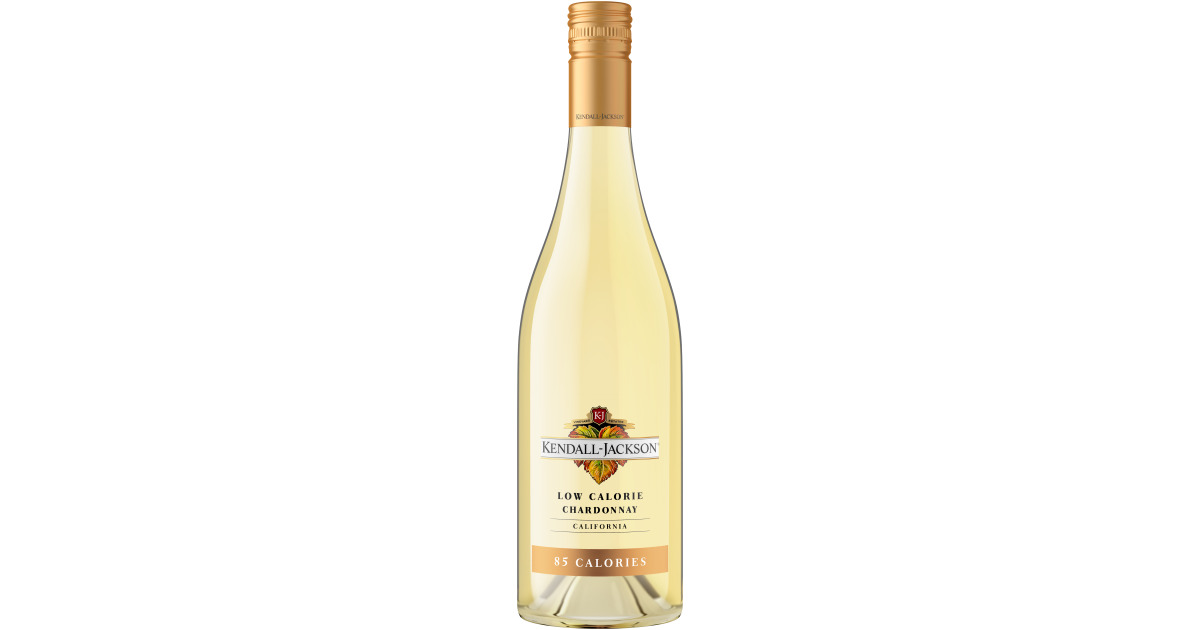
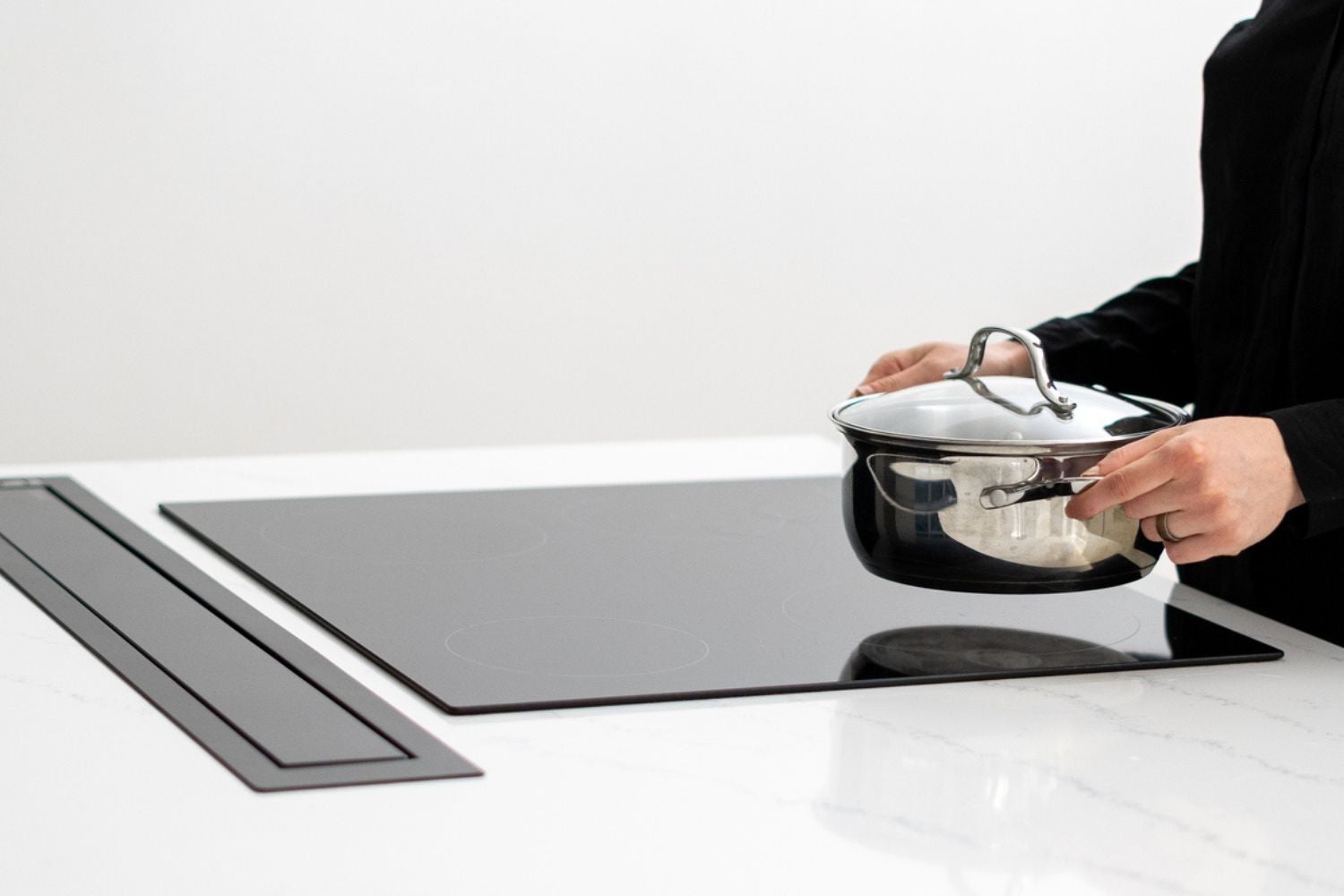
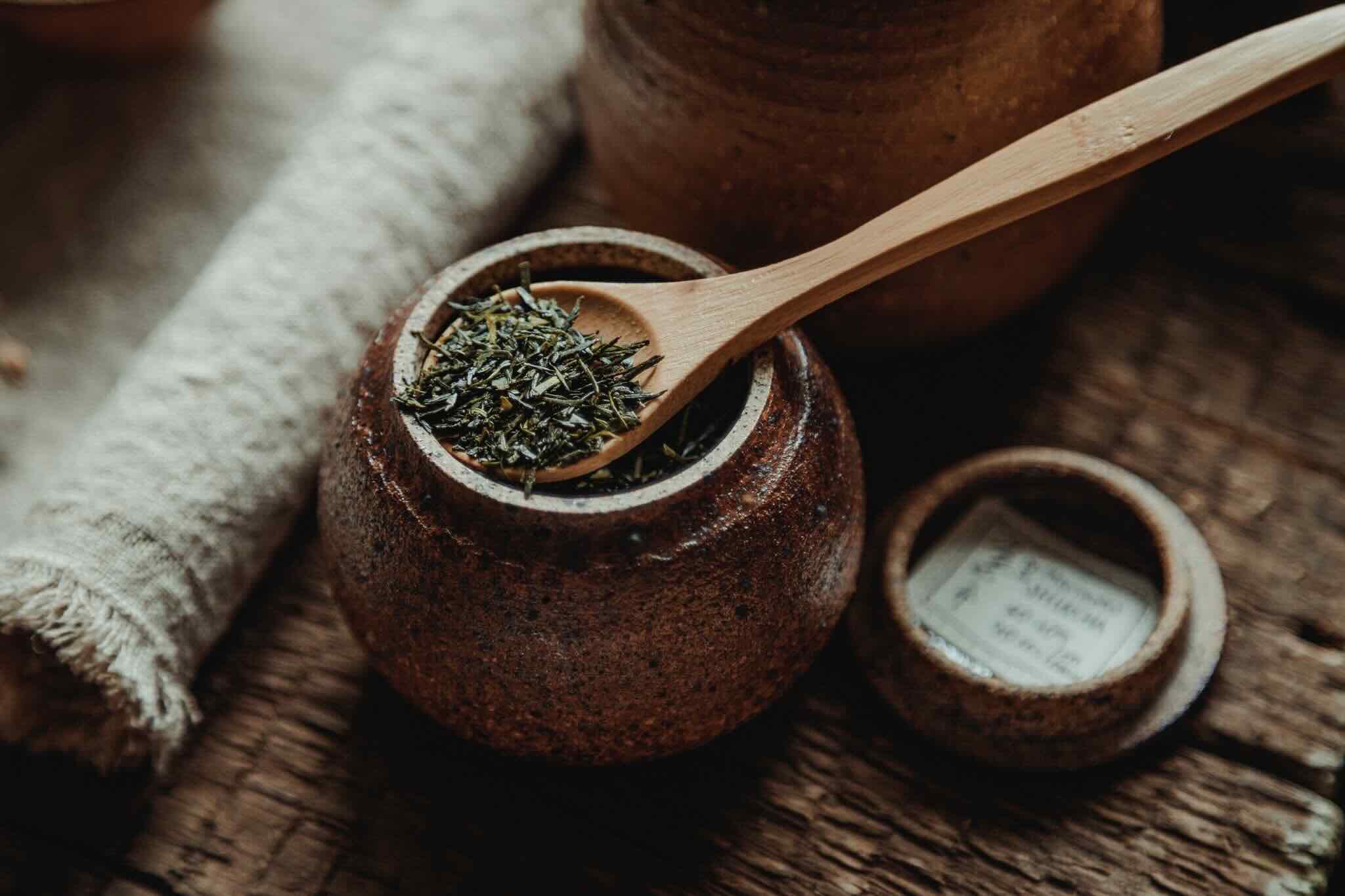
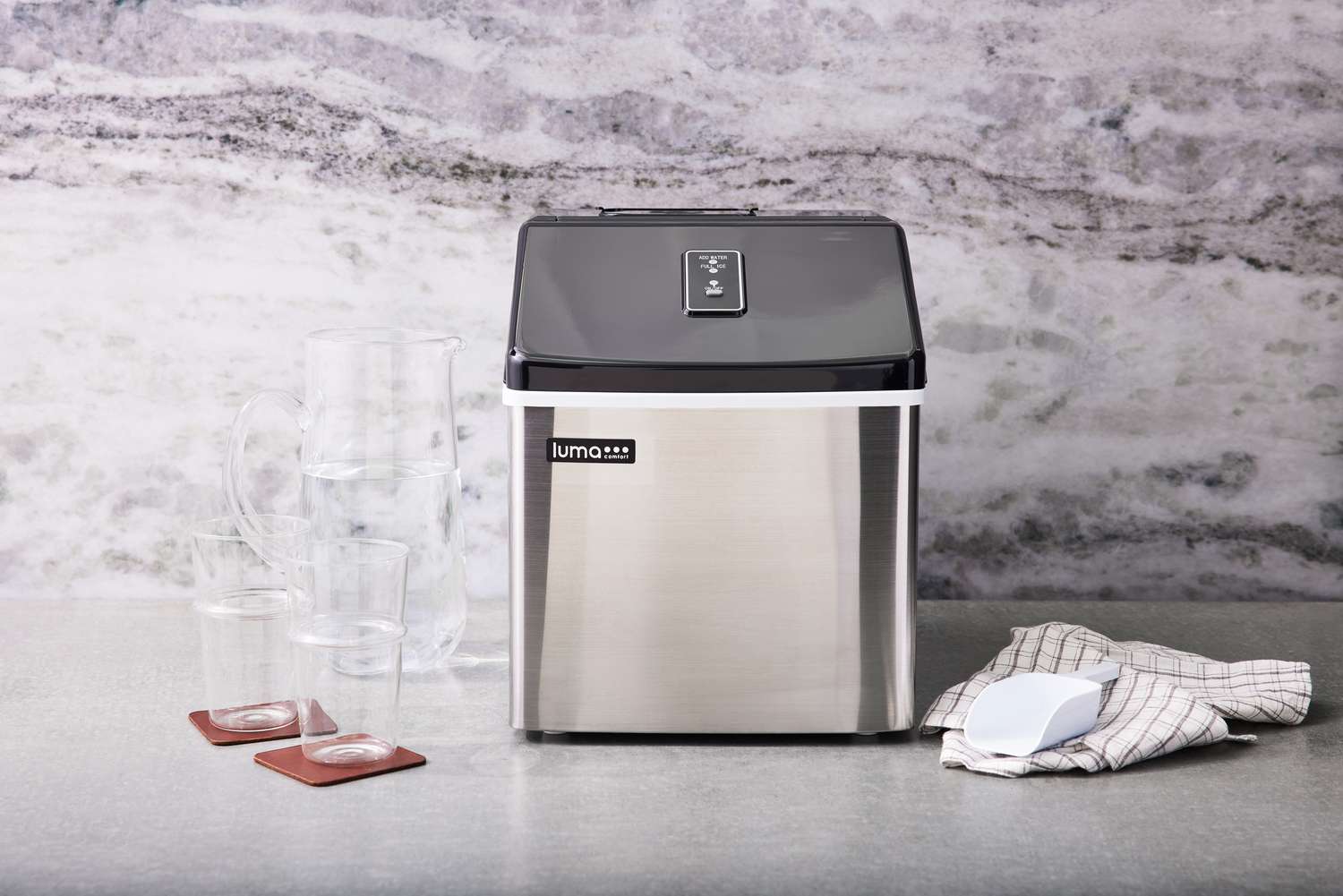
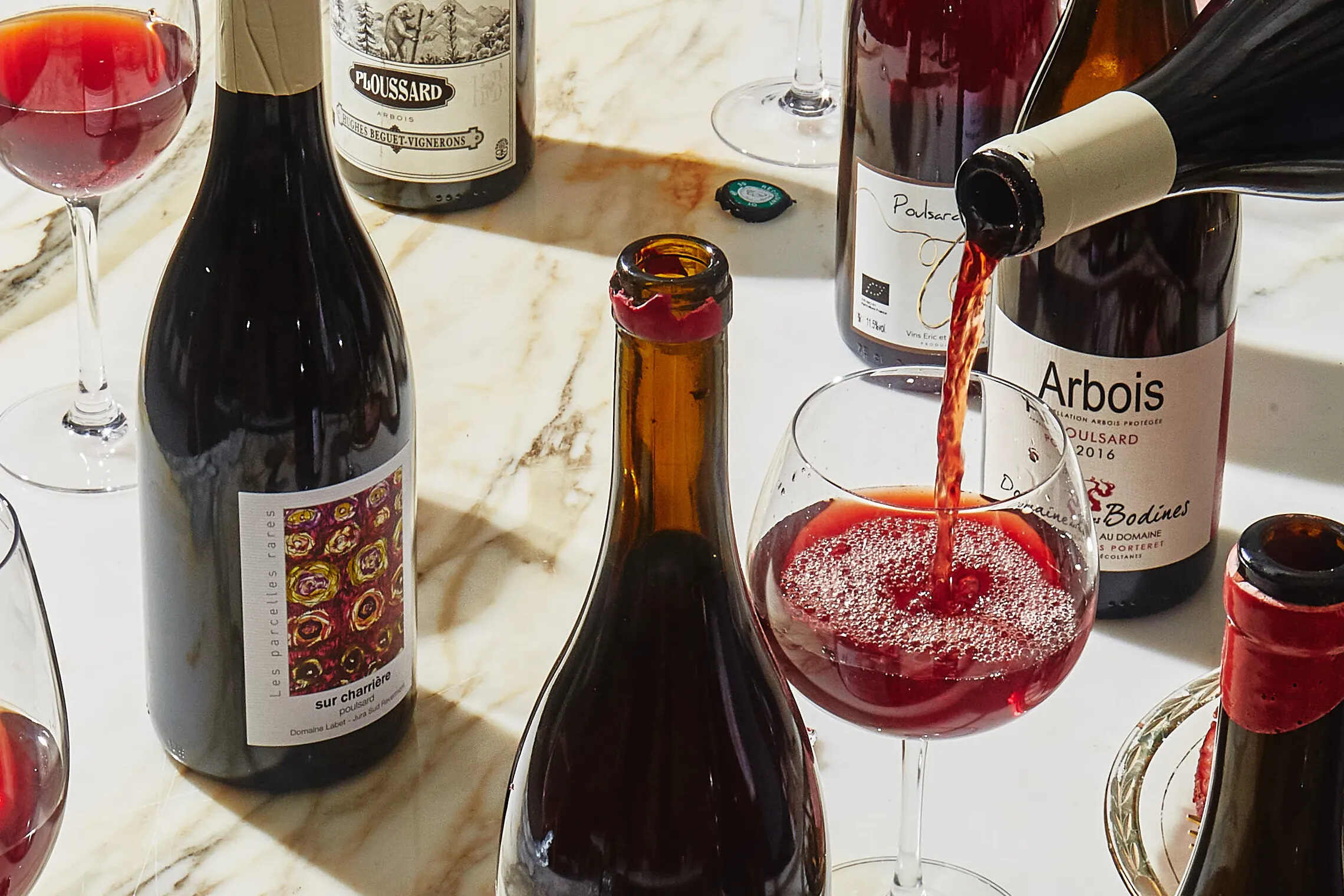
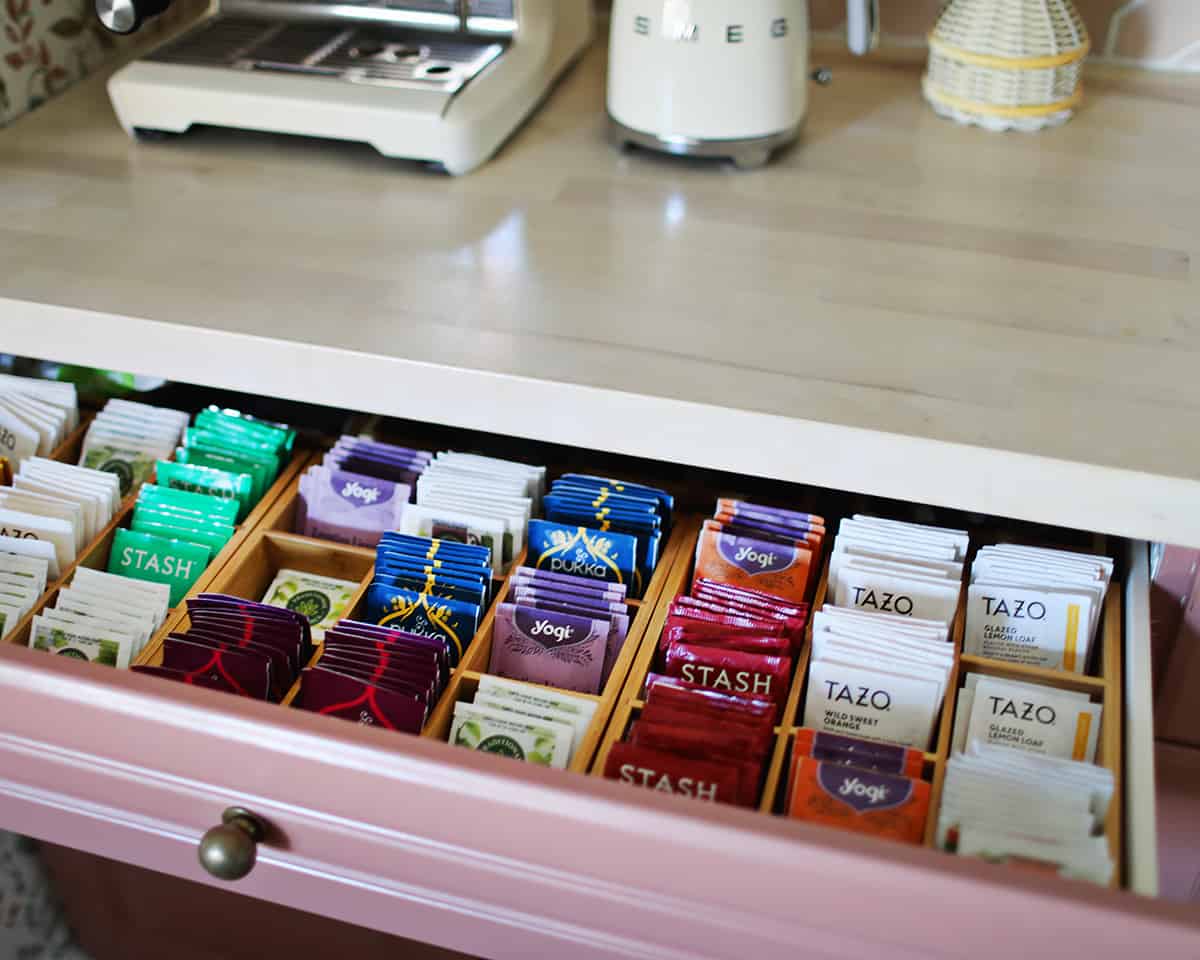
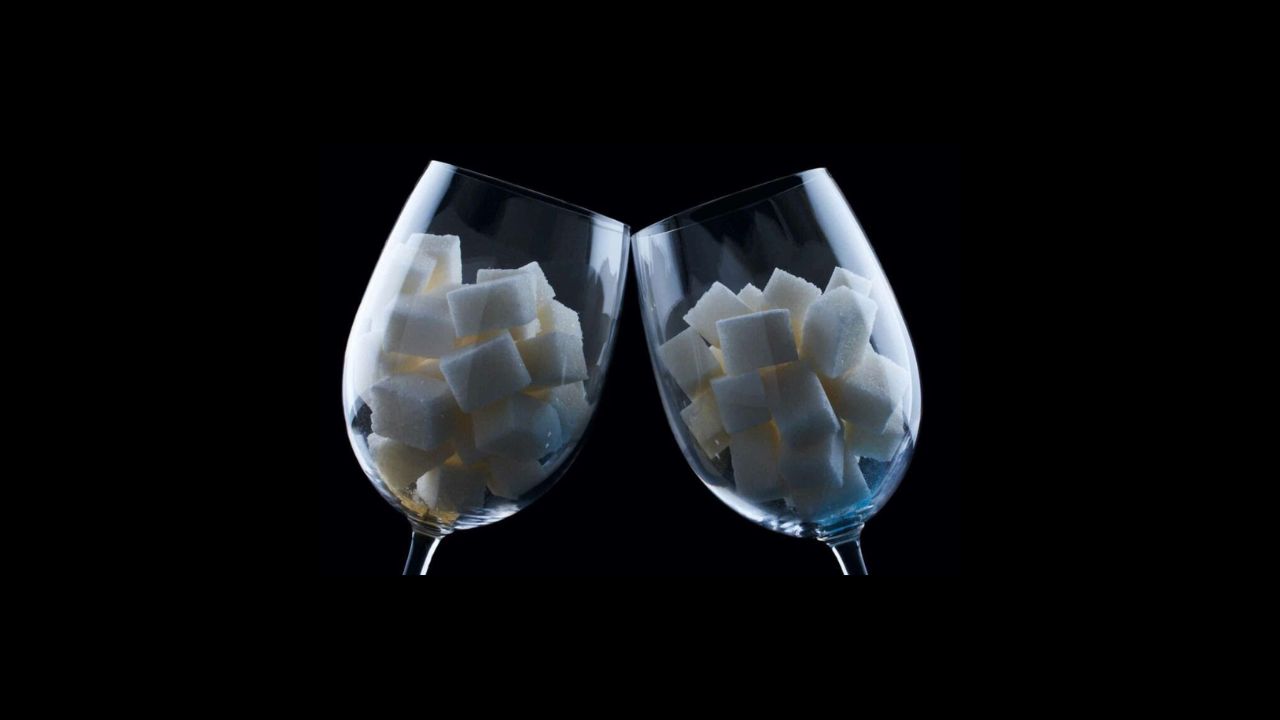

0 thoughts on “How Much Caffeine Is In A Glass Of Iced Tea”